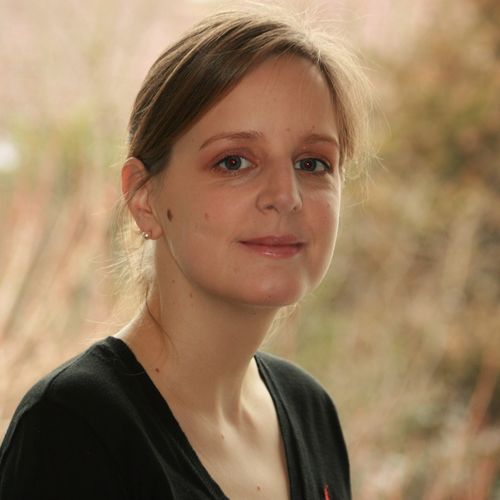How do I keep a raw egg intact?
Shock absorbers are commonplace in today’s world, installed in vehicles, buildings and machines. In most of them, soft materials are combined with hard ones and, for example, polymers strengthened with fibers. In their interdisciplinary LIT project uniting physics and synthetics technology, Dr. Ingrid Graz and Dr. Umut Cakmak combine different soft materials like elastomers, hydrogels and liquids with each other, using their unusual properties to achieve optimal absorbing/dampening effects.
Project Details
Seed Project
Project Manager
Ingrid Graz
Call
2/2016
“Our starting point was to ask how we could protect a raw egg in such a way that it doesn’t break when it falls on the floor,” says Graz. The inspiration for a possible solution came from nature. Orange peels, for example, have a kind of shock absorber on the inside, which keeps the fruit from bursting when it is exposed to an impact. This is comprised of a uniform layer of material, arranged in different ways. The skin also has shock-absorbing properties.
Soft materials such as hydrogels and certain liquids, e.g. polymer melts, whose characteristics depend upon the speed at which they are moving, are predestined for use in shock absorption due their viscoelastic properties. Graz and her team are working to develop the optimal material for shock absorption, as well as to link it electronically in such a way that they can measure what happens to and in the material. In the long term, the goal is to no longer pour the material, but create it using 3D printing. “This poses a certain challenge, as we are working with liquids − which are naturally very difficult to print,” says Graz.
Great interest has already been shown in this research by several companies, who would like install soft shock absorbers in the bodies of electric cars or use them in applications like medical drills, to dampen vibration.
Within a few years of starting at a grammar school for girls with focus on languages, Assoc.Univ. Prof. Dr. Ingrid Graz already knew that she was going to study physics. She came to JKU to study technical physics, but “to be on the safe side, I also registered to study law, because initially my parents were skeptical. I have to admit, though, that I didn’t attend a single law lecture.”
She completed her master’s in biophysics and her PhD on the topic of polymer-based sensors and artificial skin with Prof. Siegfried Bauer’s group in the Department of Soft Matter Physics.
After her PhD, Graz continued to work on polymer-based sensors and went to Cambridge to focus on stretchable electronics. “There I developed an approach to making thin, stretchable conductors that can be applied in a myriad of contexts.”
Returning to JKU a few years ago, Graz set about founding her own research group. “Even when I was child, I always wanted to know why and how something is, so I could understand it and consider what I could do with it. This is something I value about my research – basically, I can play with crazy ideas and something new with a technical application may come of it.”
